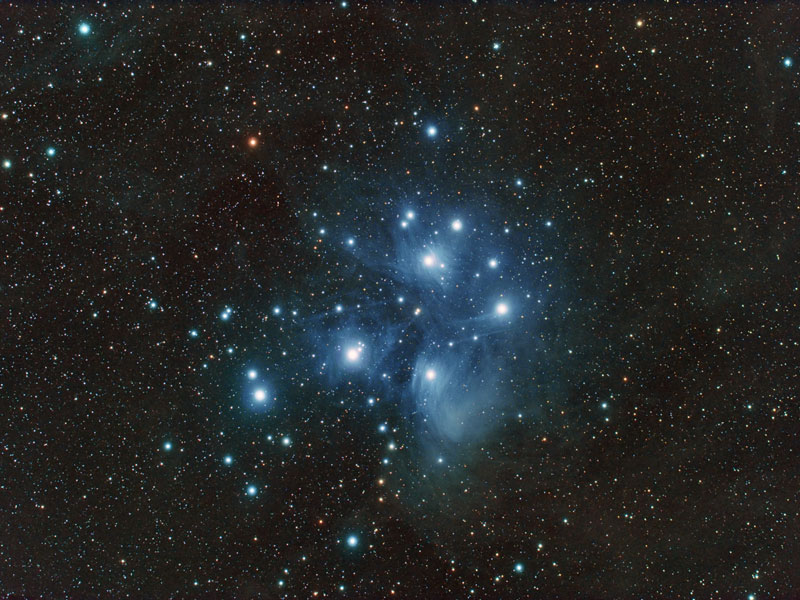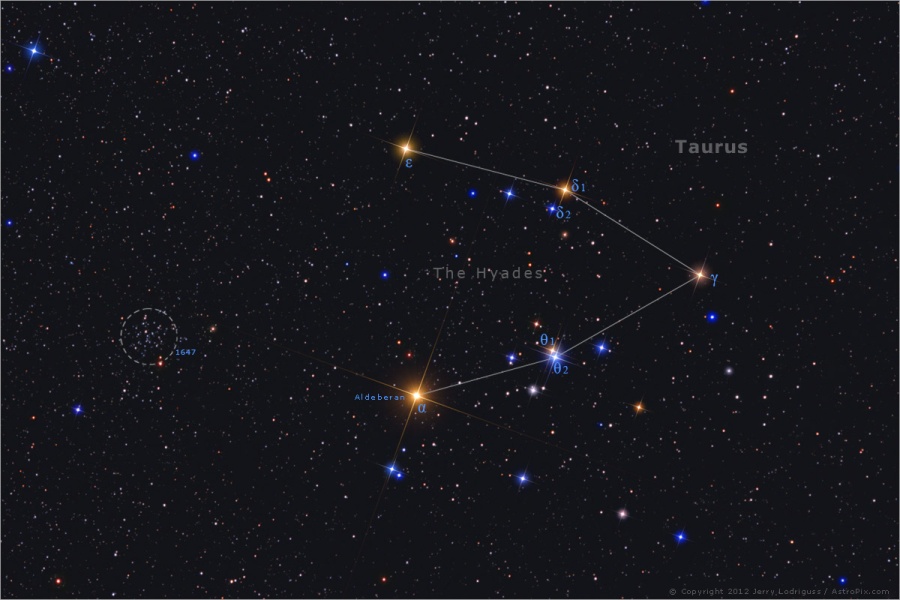For thousands of years, what humans
knew of planets consisted of only six objects: Mercury, Venus, Earth, Mars,
Jupiter and Saturn. The discoveries of Uranus, Neptune, and Pluto raised that
number to nine (until Pluto was demoted). Then in the 1990s, we had an
explosion of knowledge: exoplanets.
What is an exoplanet? Exoplanets,
sometimes called extra-solar planets, are planets found to be orbiting around
stars other than the Sun. They are extremely dim compared to their parent star
so can only be inferred by the gravitational influence they exert on their star
or the minute dimming of the star as the planet crosses in front.
The first way that a planet can be
discovered is if the planetary orbit lies along our line of sight, we use the
radial velocity method. Remember that the radial velocity
of a star can cause the spectrum of the star shift either to the blue end of
the spectrum (blue-shift) or the red end of the spectrum (red-shift). How does
this work with a planet orbiting the star?
As seen in the above drawing, if the
planet is between the star and us, the planet's small but measurable gravity
will pull the star towards us, and we can observe the spectrum of the star to
be minutely blue-shifted. If the star is between us and the planet, the planet
will pull the star away from us, and the spectrum is red-shifted. Granted,
these shifts in either direction are small, but can be measured. From the
measurement, the radial velocity on the star can be calculated, and a mass of
the planet can be inferred, as well as an idea of the planet's distance from
the star.
Another way to determine if there is
a planet is orbiting a star is to use astrometry
and proper motion.
If the orbit of the planet is across our line of sight (i.e. we are
looking straight down on the pole of th orbit, this method works best.
In both these cases, the planet
pulls the star slightly towards itself and even though the actual motion of the
star is small, they can be measured. There are a couple of biases when using
these methods including the larger the planetary mass or the closer the planet
is to the star, the more the pull that can be observed. This is why when
exoplanets were first discovered, they were biased towards what were referred
to as hot Jupiters, i.e. large planets close to the parent star. As methods and
observational protocols improved, smaller planets and planets farther from the
central star began to be discovered.
There are also caveats to finding
planets in these ways.
1.
In all likelihood, finding planets
that are orbiting along our line of sight, or orbiting across our line of sight
are statistically improbable.
2.
Using either method will only give
the astronomer a minimum mass of the star.
The radial velocity will only find
the velocity that is along our line of sight, i.e. V*sin(i). This will
give the mass of the star as M*sin(i). The symbol i is the
inclination of the orbit to an orbit across our line of sight. If i
is 90°, the orbit lies along our line of sight and sin(i) is 1. The
astrometric method will find V*cos(i) and in the same way, the mass of
the star as M*cos(i). Combining these two methods will give a pretty
good estimate of the planet's mass. However, using astrometry is much more
difficult as the angles measured are extremely tiny compared to the actual
parallax of the star. Not many planets have been found this way, if any at all.
There is a third way astronomers use
to find planets: the transit method, i.e. the planet crossing in front of a
star. An astronomer will look at the light-curve* of the star and look for a dip
in the intensity of the light.
Since the planet is so much smaller
than the star, the dip is generally tiny and are hard to see in a light-curve
because of noise. But if one is found and by looking at how long the dip lasts,
astronomers can get an idea of the planet's mass and orbital distance from the
star. However, this method is strongly biased towards orbits that are along our
line of sight, and cannot be used for orbits that are across our line of sight.
Graphic of
a Planet transiting its parent star with light curve
Image
Credit:
There is a great website that has a lot of information about
exoplanets called exoplanets.org.
This website has information on all "confirmed" exoplanets from the
above methods as well as unconfirmed planets using the Kepler telescope. The Kepler telescope unfortunately does not look at the
entire sky, but only a small patch in the constellation Cygnus. Future missions
may look at more of the sky and the number of planets discovered will
skyrocket.


